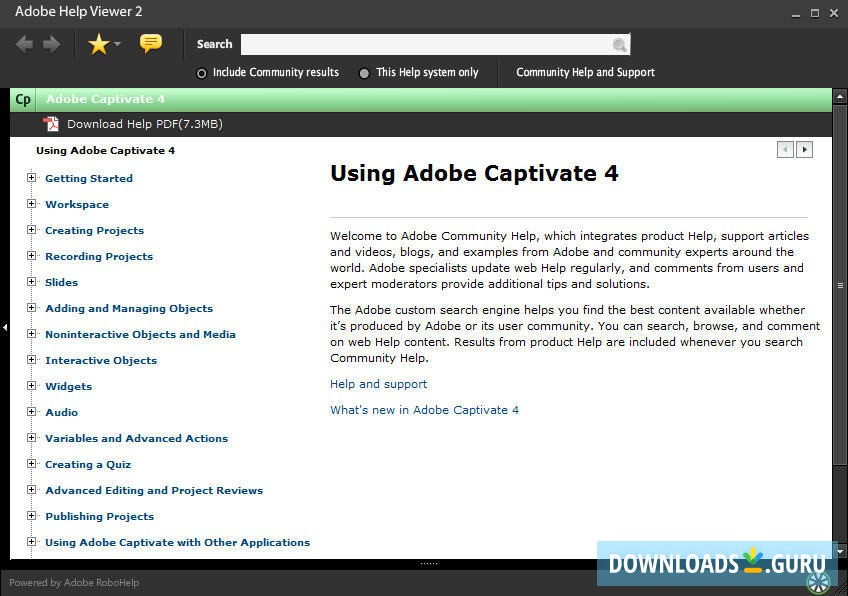

- Automatic folder backup windows 8 update#
- Automatic folder backup windows 8 software#
- Automatic folder backup windows 8 windows 8#
- Automatic folder backup windows 8 windows 7#
Automatic folder backup windows 8 update#
In Windows 8.1, File History can be accessed in PC Settings, Update & Recovery, File History.
Automatic folder backup windows 8 windows 8#
Check out Windows 8 Tip: Enable File History to learn more. And as it automatically backs up everything in your libraries, desktop, Favorites, and contacts, it’s a key form of backup. File History can save these version-based data file backups to another disk on your PC or to a home server or other central file share. Essentially a modern version of the Previous Versions functionality that debuted a decade ago in Windows Server 2003, File History caches, or backs up, different versions of your documents and other data files, so you can “go back in time” and recover previous or deleted versions of those files. And know that in Windows 8.1, this functionality can now be found in PC Settings, Update & Recovery, Recovery.įile History. Check out Windows 8 Tip: Reset or Refresh Your PC for more information. The amazing PC Reset and PC Refresh features in Windows 8 enable you to reinstall Windows in just minutes and do so either destructively (PC Reset, which returns the PC/device to its factory-fresh condition) or non-destructively (PC Refresh, in which your documents, music, photos and other data files are retained but Windows is reinstalled). It can even be recovered very quickly.” As such, the initial Windows 8 version includes a number of more forward-leaning capabilities that obviate the need for system image backup. It jumps out of sleep instantaneously, shuts down quickly, and generally behaves more like an iPad than a clunky, traditional PC. It is designed to boot very quickly, in under 10 seconds on most PCs, compared to 20-45 second for Windows 7. In fact, the only reason Image Backup exists in Windows 8 is so that upgraders can still access their information in old backups.Īs I noted in Windows 8 Tip: Picking a Backup Strategy, Windows 8 “is architected with a device, rather than PC, mentality. But the important point is that, by Windows 8, this functionality was already on the way out.
Automatic folder backup windows 8 windows 7#
The original shipping version of Windows 8 embraced this new way of doing things, but it also provided hidden access to the legacy system image tools: You can read Windows 8 Tip: Use Windows 7 System Image Backup for more information about that. So the loss of a single PC is, if not meaningless, certainly less problematic than it would have been years ago. In the new way of doing things, your important information is not locked to a single PC, it’s stored in the cloud. But this type of system is also emblematic of the old, PC-centric way of doing things, where everything that was important to you was locked on a single PC. Understandably, many people like system image backups.
Automatic folder backup windows 8 software#
You can find out about this legacy usage in my article Windows 7 Feature Focus: Backup and Restore, but the short version goes like this: At any given time, a Windows 7 user could make a system image backup, and then use that backup to resuscitate the entire Windows install-including all applications, settings customizations, and documents and other data-back to the PC in the event of a hardware or software failure. System image backup debuted as a feature of Windows Backup in Windows 7. And as I’ve noted in the past, the new way of doing things works quite well. But the move is in keeping with the broader transitions Microsoft is making to devices and services in Windows and its other core product lines. This has triggered a new round of fear and loathing among those who appreciated the functionality of that offering. In Windows 8.1, Microsoft has removed the Windows Backup tools that provided system image backup capabilities.


 0 kommentar(er)
0 kommentar(er)
